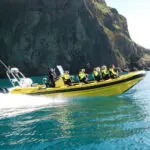Who are the most important architects in Iceland? It, of course, depends on how you look at it. But if you look at it purely from an aesthetic point of view, a few come to mind.
If everyone in Iceland lived in a single city in any other country, the same number of architects, artists, and museums would probably not be found. So, to foreigners, it might seem like we have a surplus of artists in Iceland, but many would say we have just enough or even not enough.
Iceland’s architectural history is not long. The first working architect in Iceland was Rögnvaldur Ólafsson. However, he never finished his studies in Copenhagen due to health issues. He was Iceland’s first architect.
Iceland’s second architect, and first State Architect, was Guðjón Samúelsson. He kept that job until 1950, when he died. After Guðjón got the job of State Architect, the number of Icelandic architects grew. Names like Sigurður Guðmundsson, Einar Erlendsson, and Einar Sveinsson are important in Iceland’s infant years.
Then came architects Sigvaldi Thordarson, Gísli Halldórsson, and Högna Sigurðardóttir.
Yet others, such as Guðni Pálsson, Gunnar Hansson, Guðmundur Kr Guðmundsson, and more, were post-modernists.
It is more common today to find architects working together under one name. Names of note are Studio Granda, T.Ark, and Arkís.
This list is, of course, not definite, and we could write about quite a few more architects and noteworthy buildings.
Rögnvaldur Ólafsson – Iceland’s first architect
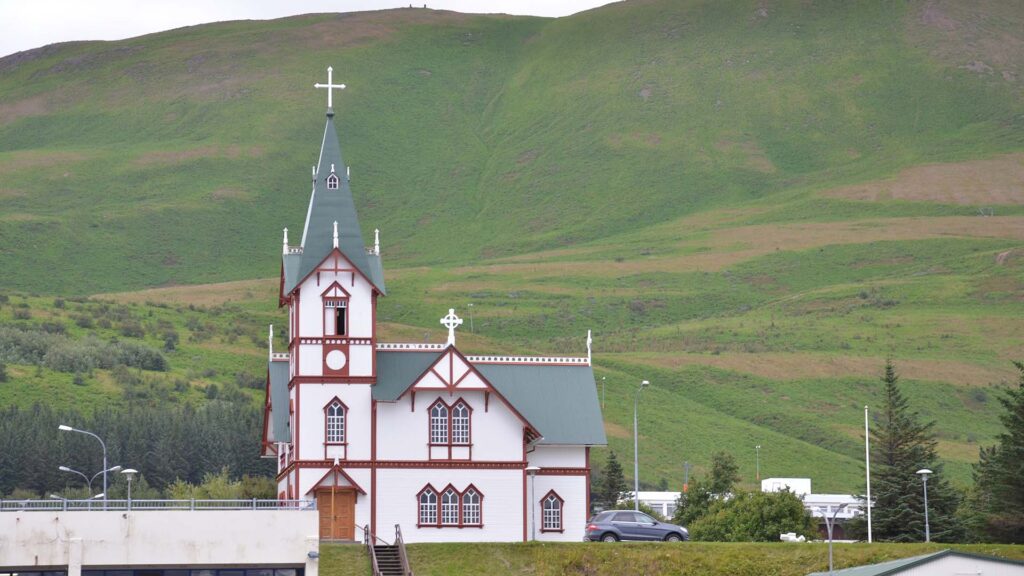
Rögnvaldur’s most famous building is, without a doubt, the beautiful Húsavík Church, built in a Swiss Chalet Style. It was consecrated in June 1907.
The President’s Office on Sóleyjargata 1 is also by him, as is Skólabrú 2, close to Reykjavik Cathedral. Both of those houses were built in neoclassical style in the same year, 1912. The most notable house is by far the old Post Office on the corner of Austurstræti (East Street) and Pósthússtræti (Post Office Street).
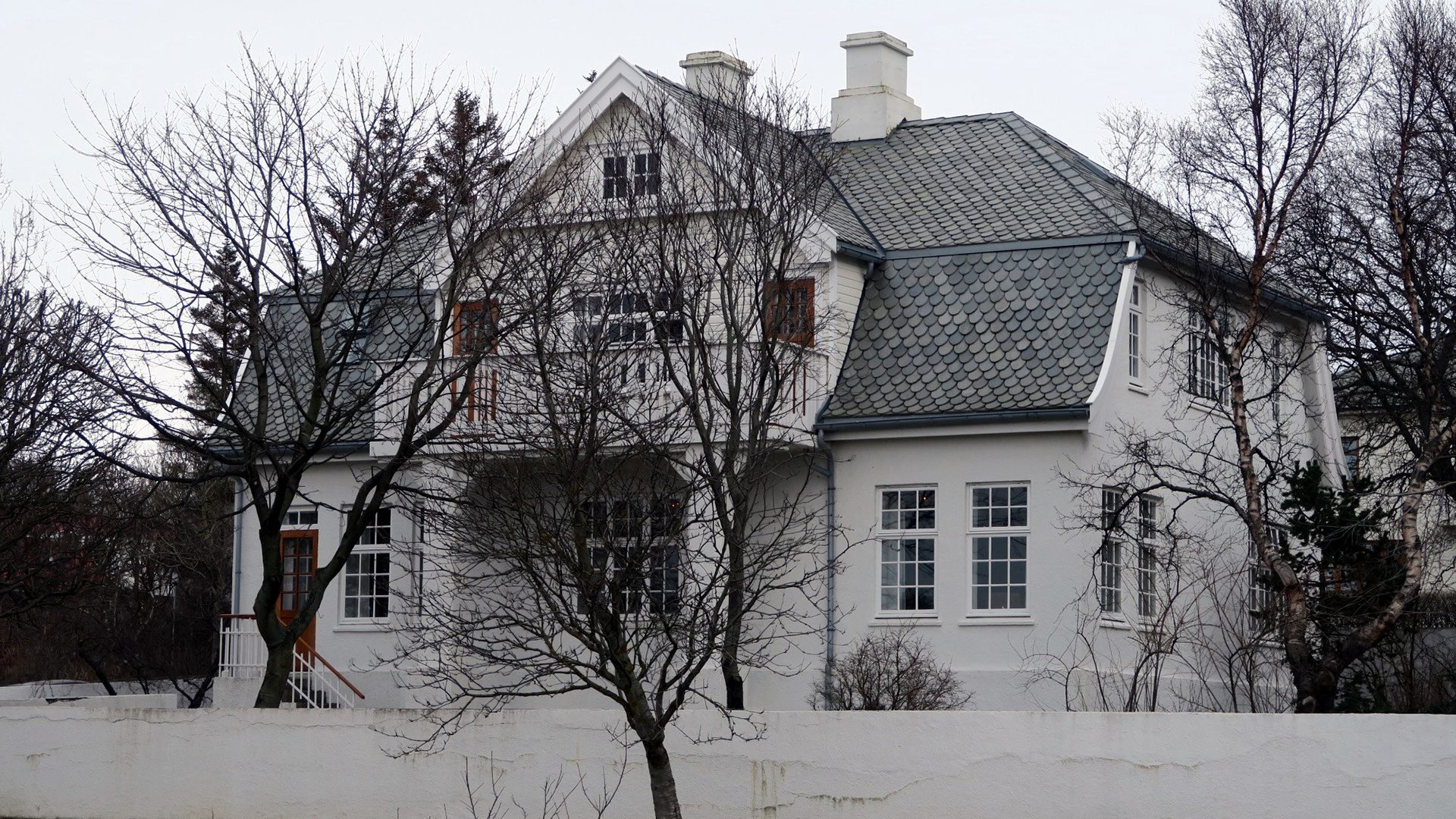
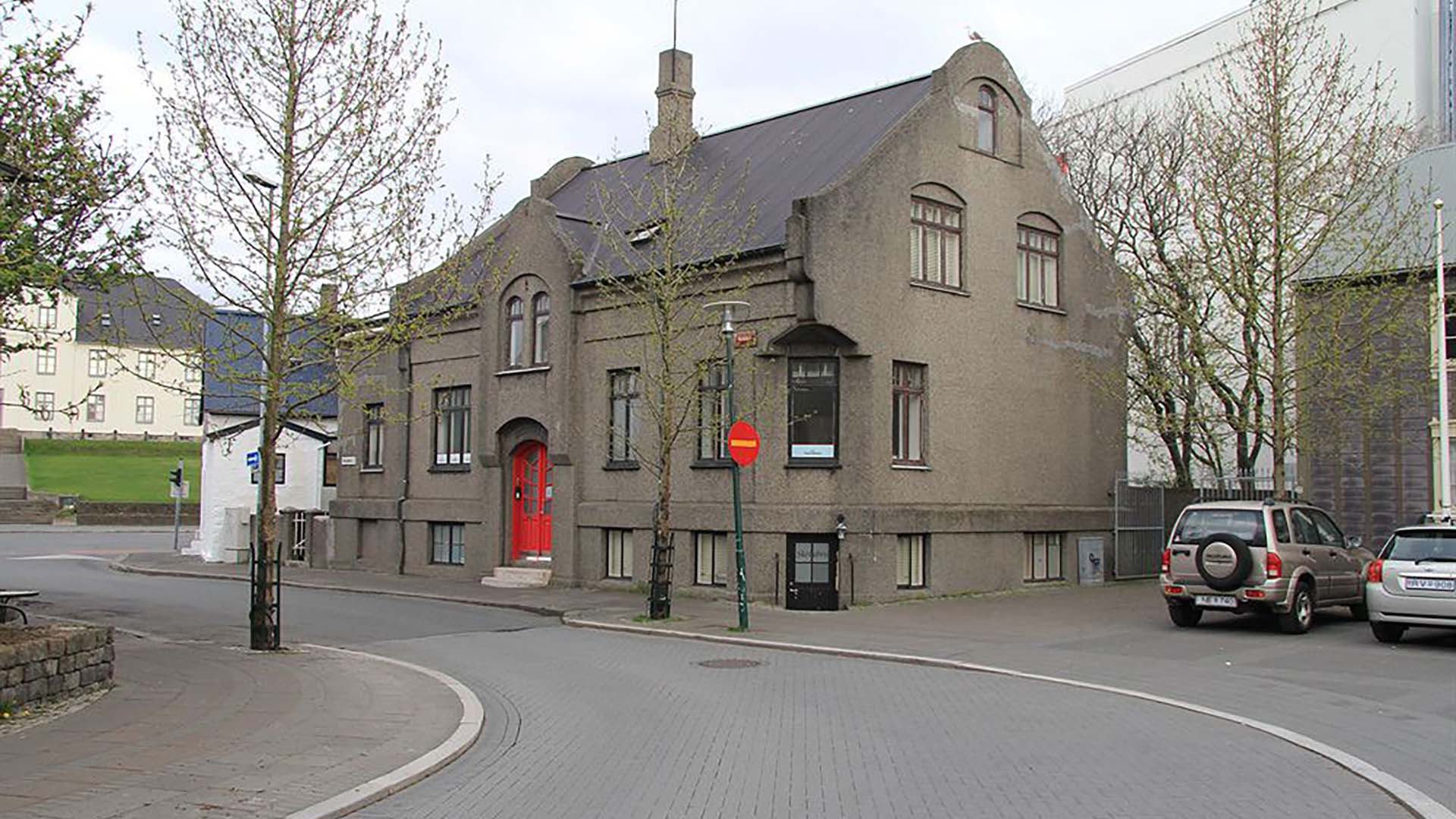
Rögnvaldur battled tuberculosis for a long time and died only 43 years old. Another one of his buildings was the hospital at Vífilsstaðir in Garðabær. It was built as a tuberculosis sanatorium in 1910.
Guðjón Samúelsson – Iceland’s most formative architect
As we have already covered many of his most famous buildings and his career, we’re going to mention a few of his lesser-known buildings. As the first actual State Architect of Iceland, he is definitely one of the most important architects in Iceland.
A problem that seems constant in Iceland is the housing crisis. In 1929, the government approved laws on housing for workers. A competition was held, and architect Gunnlaugur Halldórsson won, but Guðjón was nonetheless asked to design the houses. The apartments were efficiently built, but they all had a bathroom. The living room had windows to the south, and the kitchen had an electric cooker. All things that were considered a novelty in the 1930s.
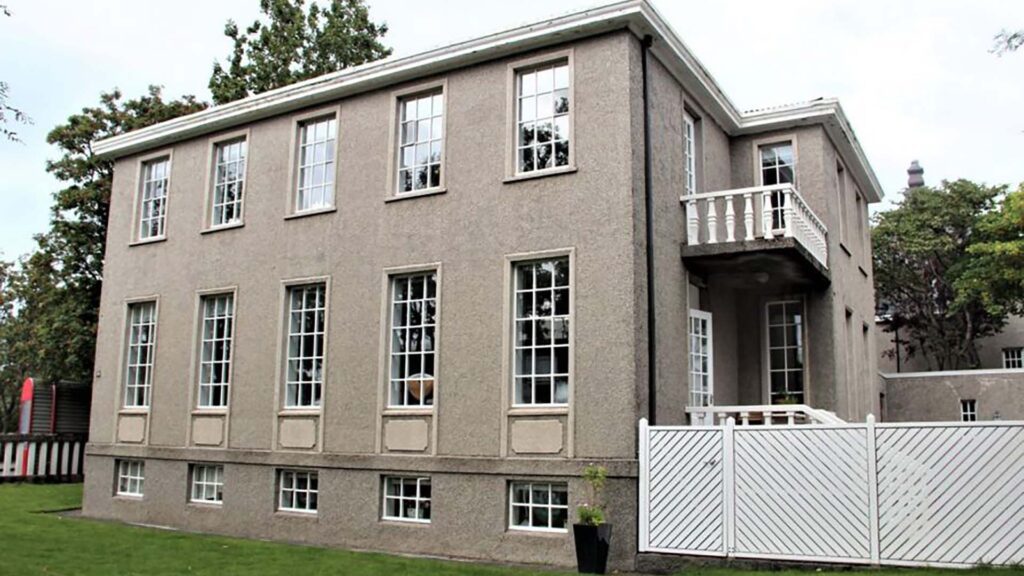
He was busy most of his working life designing buildings for the State. However, he designed two of Reykjavik’s most beautiful residential buildings in the last decade of his life. The first one is at Hávallagata 24. It was designed for the principal of the Icelandic Co-Operative School, owned by the Union of Icelandic Cooperatives.
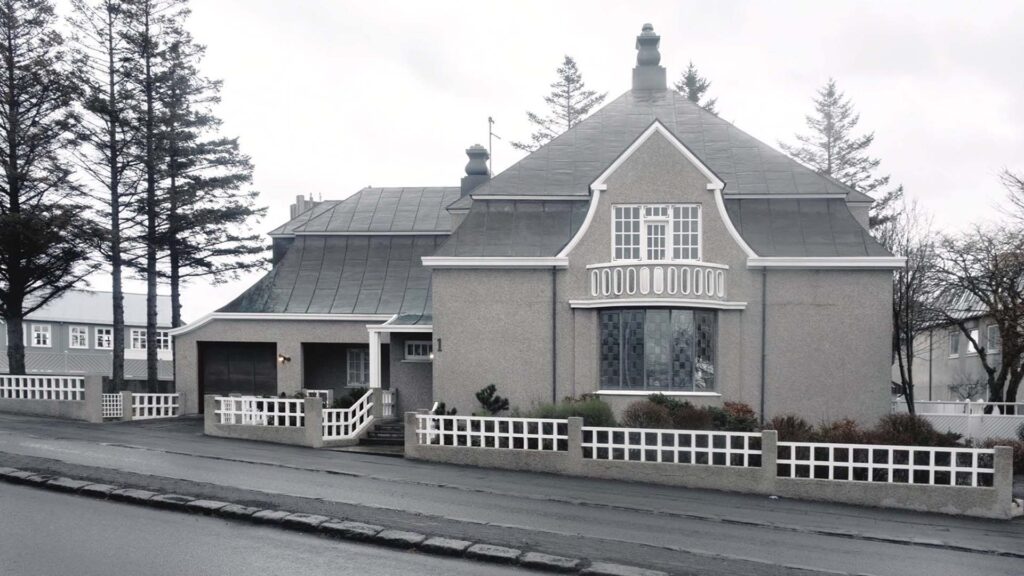
The second house is on the next lot, Hofsvallagata 1. It was built for a bank manager and is the last residential building designed by Guðjón. The family had lived in the US and had a few peculiar ideas regarding the overall structure of the house (at least for Iceland at the time). One was an attached garage, from which you could walk into the house.
Despite the two houses being designed roughly the same time, they are pretty different in style. The principal’s house is designed in a late neoclassical style. In contrast, the bank manager’s house was designed in a national-romantic style, popular in Danish villas at the turn of the 20th century.
Gísli Halldórsson – One of Iceland’s Most Influential Architects
Gísli had a long career as an architect. Born in 1914 and died in 2012, he not only worked as an architect but was a city council member. He had a seat in the regional building and planning committees in the 1960s.
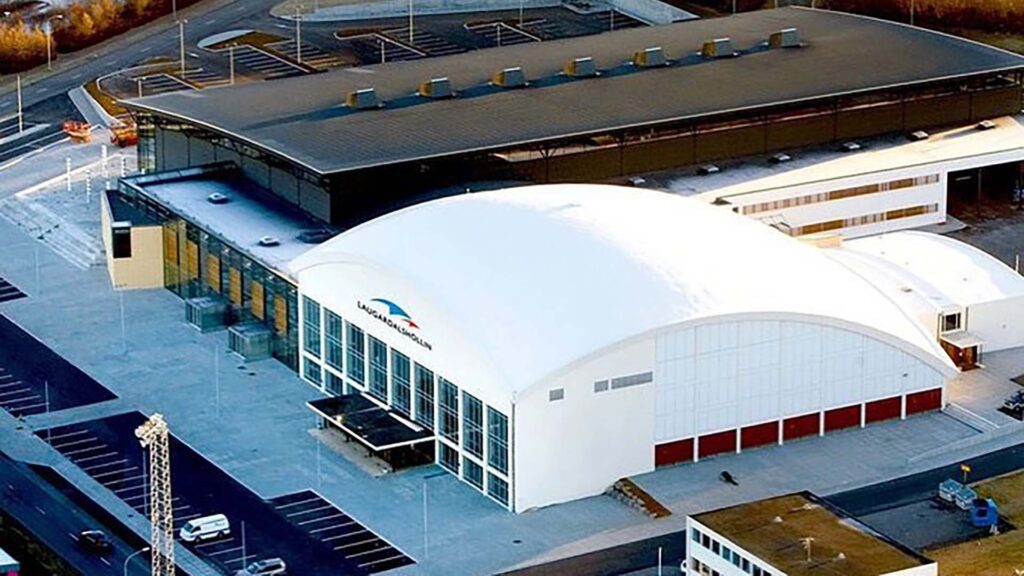
Gísli had a significant influence on the working environment of architects. Like so many others, he went to Denmark to study architecture. He had to pause his studies when World War II broke out and Germany occupied Denmark. He managed to get back to Iceland, and with him was another architect student and Icelander, Sigvaldi Thordarson. During the war years, they operated an architecture firm. When the war was over, they returned to Denmark to finish their studies and graduated at the same time in 1946. Their partnership ended in 1948.
After that, he owned his own firm and soon became one of the largest privately owned architectural firms in Iceland and the first to become a corporation. He was a fair boss and famously said that architects and others at privately owned firms should have at least 15% higher salaries than those working for the State due to higher workload and responsibility.
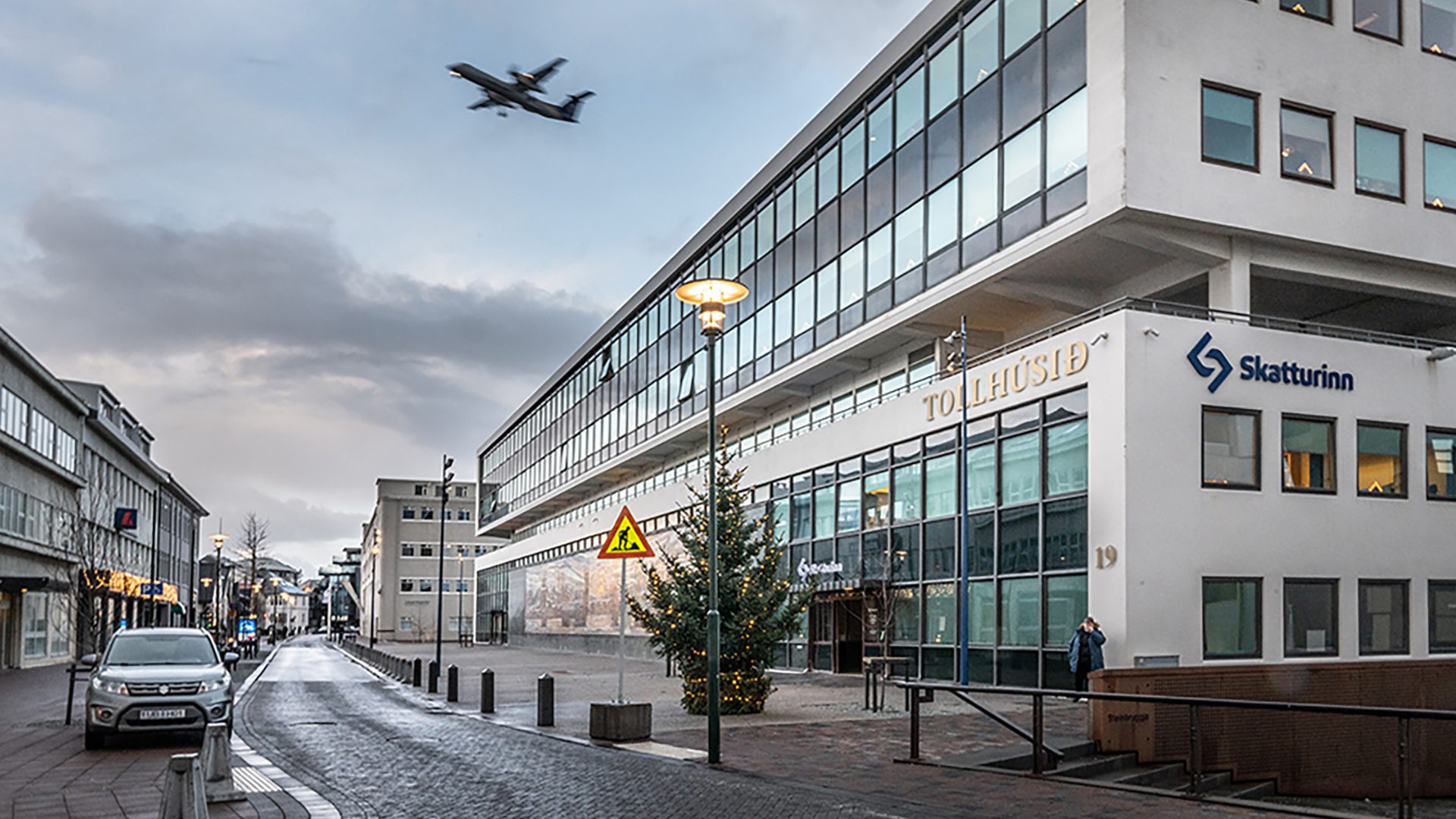
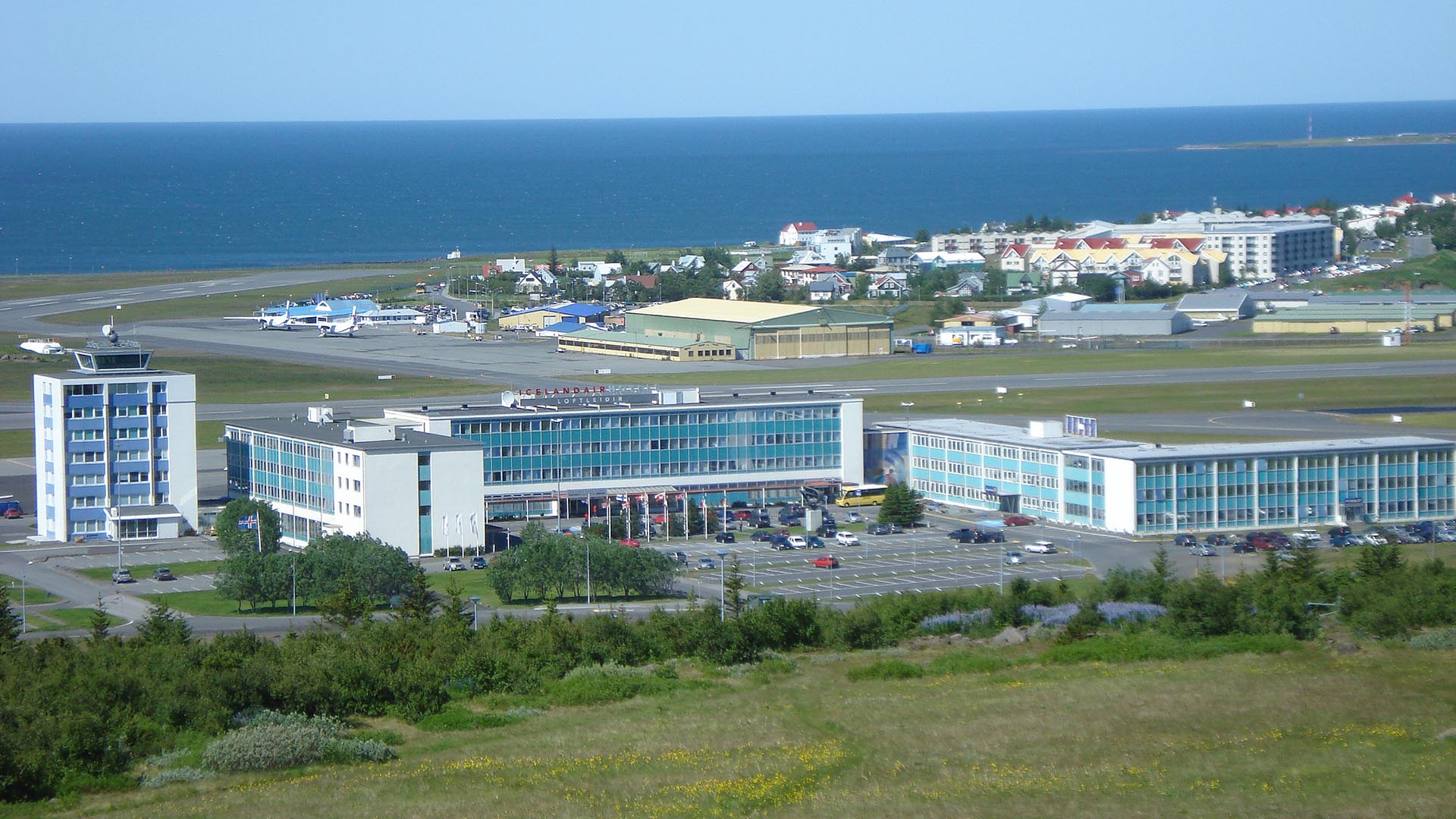
Some of his more famous works are the Laugardalshöll Sports Hall, Hotel Natura, the Reykjavik Police Station by Hlemmur, The Customs Authorities building in Tryggvagata (with a mosaic artwork by Gerður Helgadóttir), and Pósthússtræti 9, the house nestled between Guðjón Samúelsson’s buildings Hotel Apotek and Hotel Borg.
Högna Sigurðardóttir – Iceland’s Most Famous Brutalist Architect
Högna was the first female architect in Iceland, but she worked most of her life in Paris, France. She was the first Icelander to study in the École des beaux-arts art school and got an award for her graduation projects. That gave her qualifications to work in France.
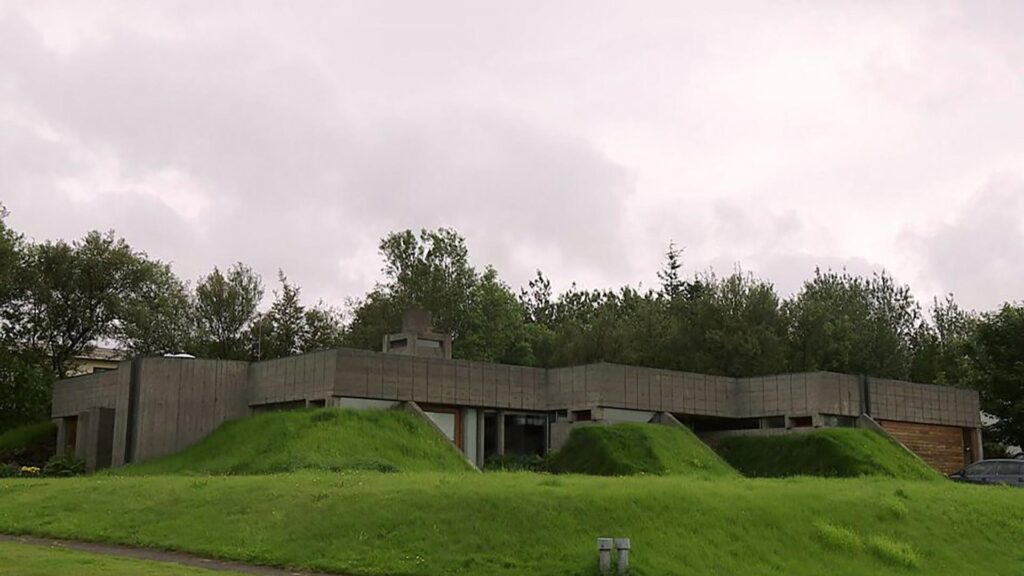
The most famous house she designed in Iceland stands by Bakkaflöt 1 in Garðabær. The brutalist building has often been featured in foreign architectural and design publications. It was, for example, chosen as one of the 100 most significant buildings in the 20th century in North and Central Europe in a publication of an international overview of architecture. BBC also chose the house as one of their dream houses of the 20th century.
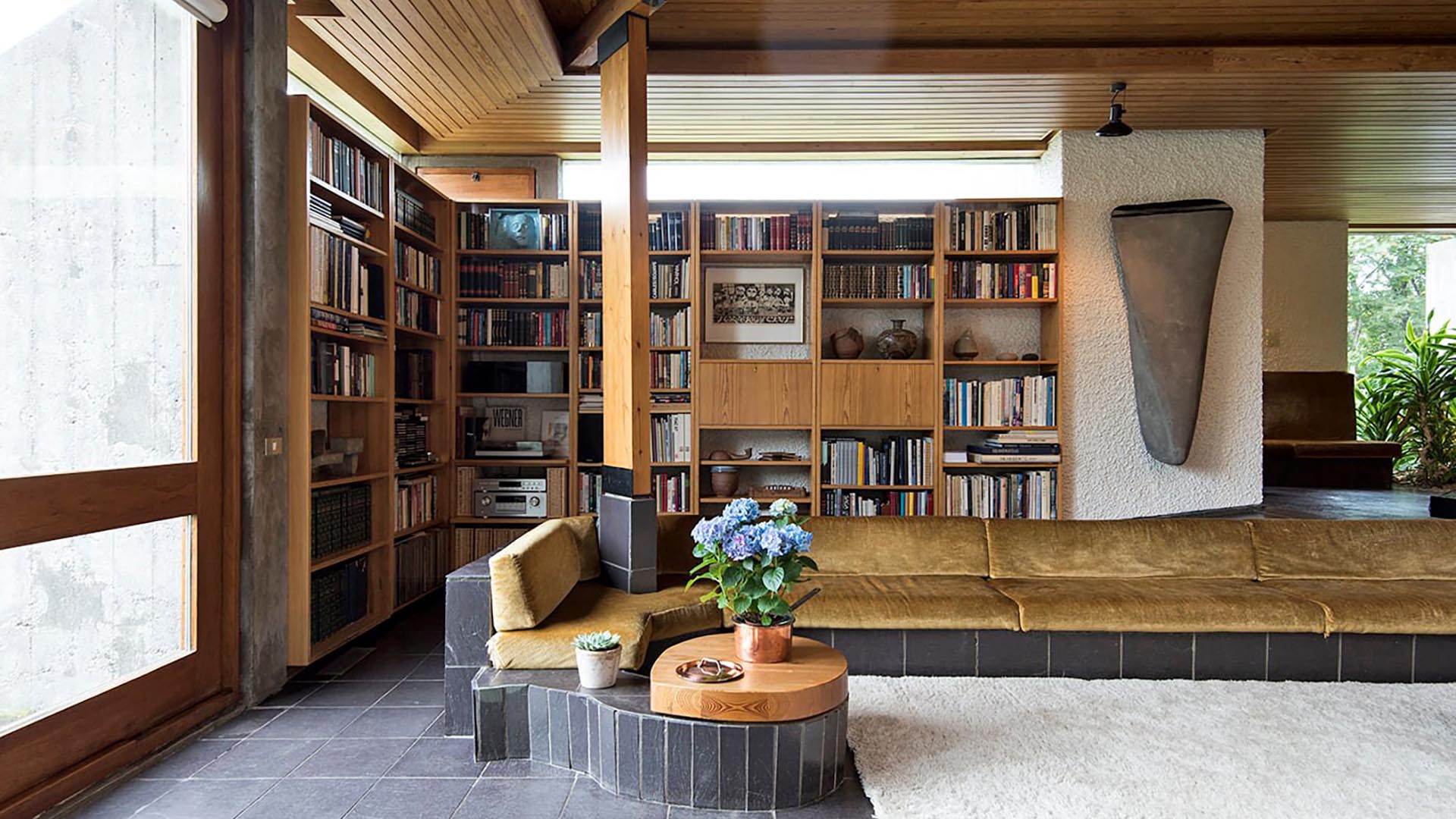
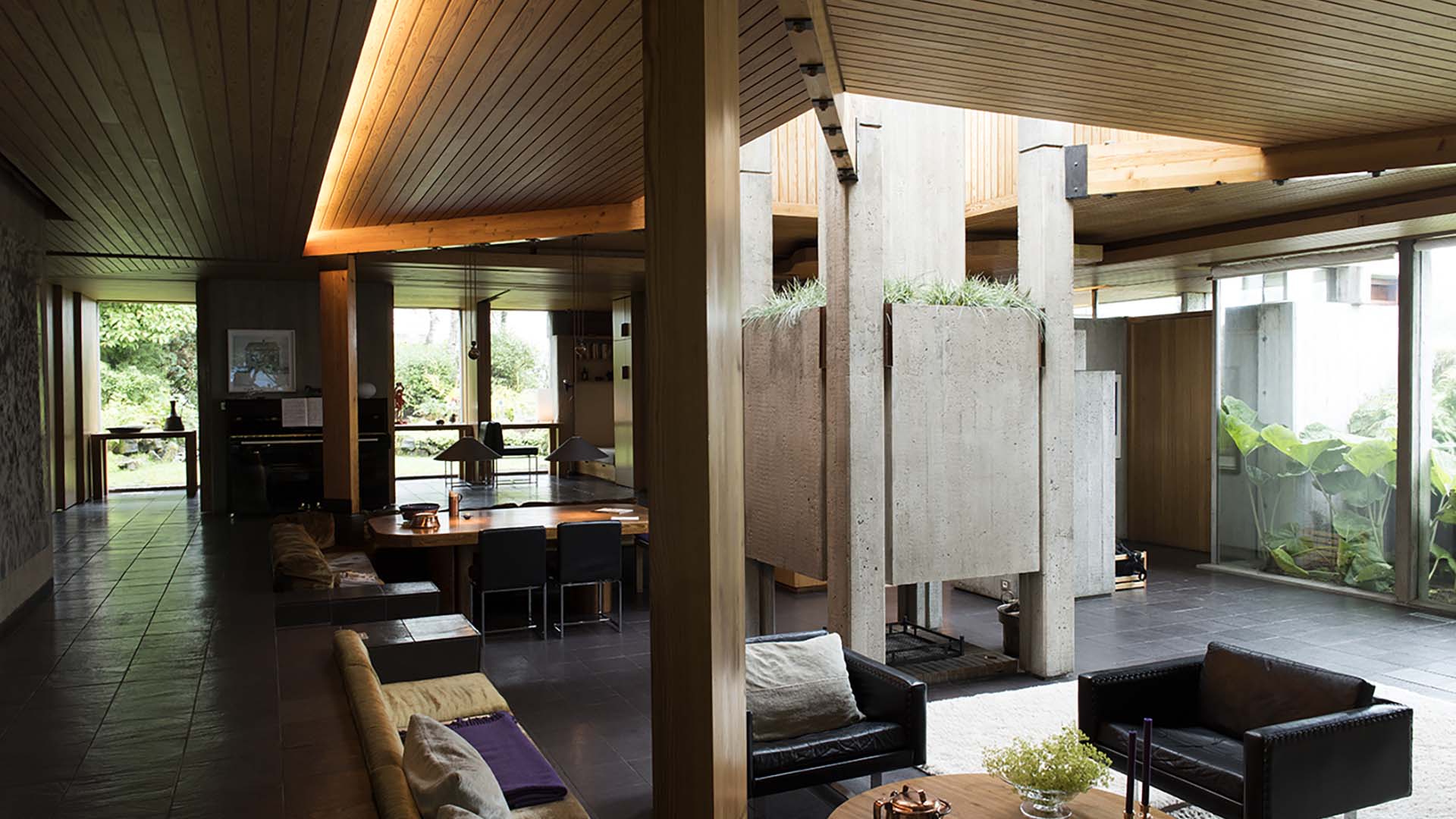
Other notable buildings are Brekkugerði 19 and Hrauntunga 23.
Sigvaldi Thordarson – One of Iceland’s Most Popular Architects
Sigvaldi is one of Iceland’s most beloved architects. He didn’t live long but was very productive, nonetheless. One of his trademarks was using strong colors such as a unique yellow and blue with white. Those colors are usually called the Sigvaldi colors.
He designed many of his buildings inside and out, but sadly only a handful of his interior designs have survived.
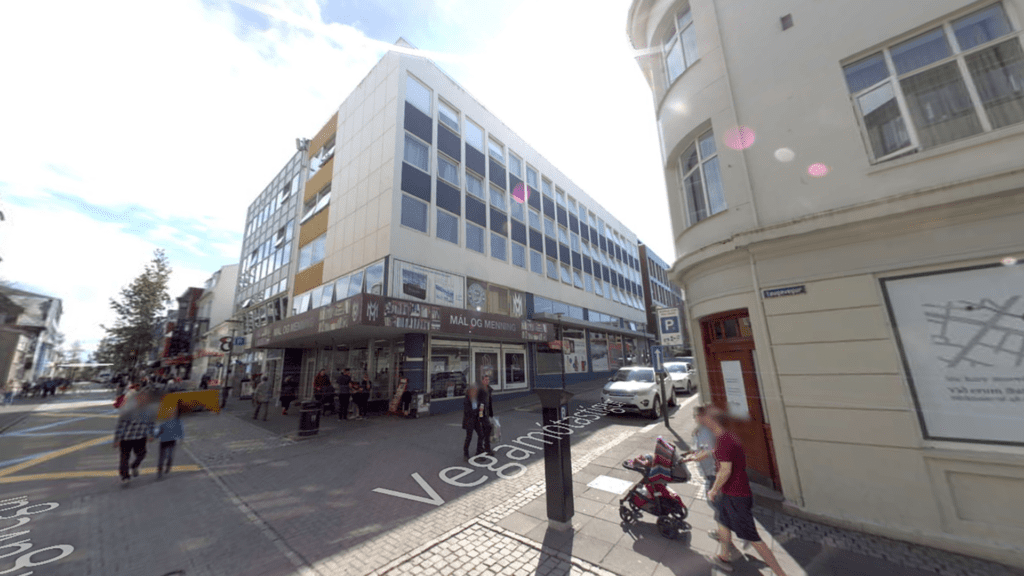
Sigvaldi studied architecture in Copenhagen with Gísli Halldórsson, and they graduated simultaneously. Making him a pure modernist. Like Rögnvaldur, he had gotten tuberculosis when he was younger but overcame it. He was, however, not in good health and died at the age of 53 in 1964.
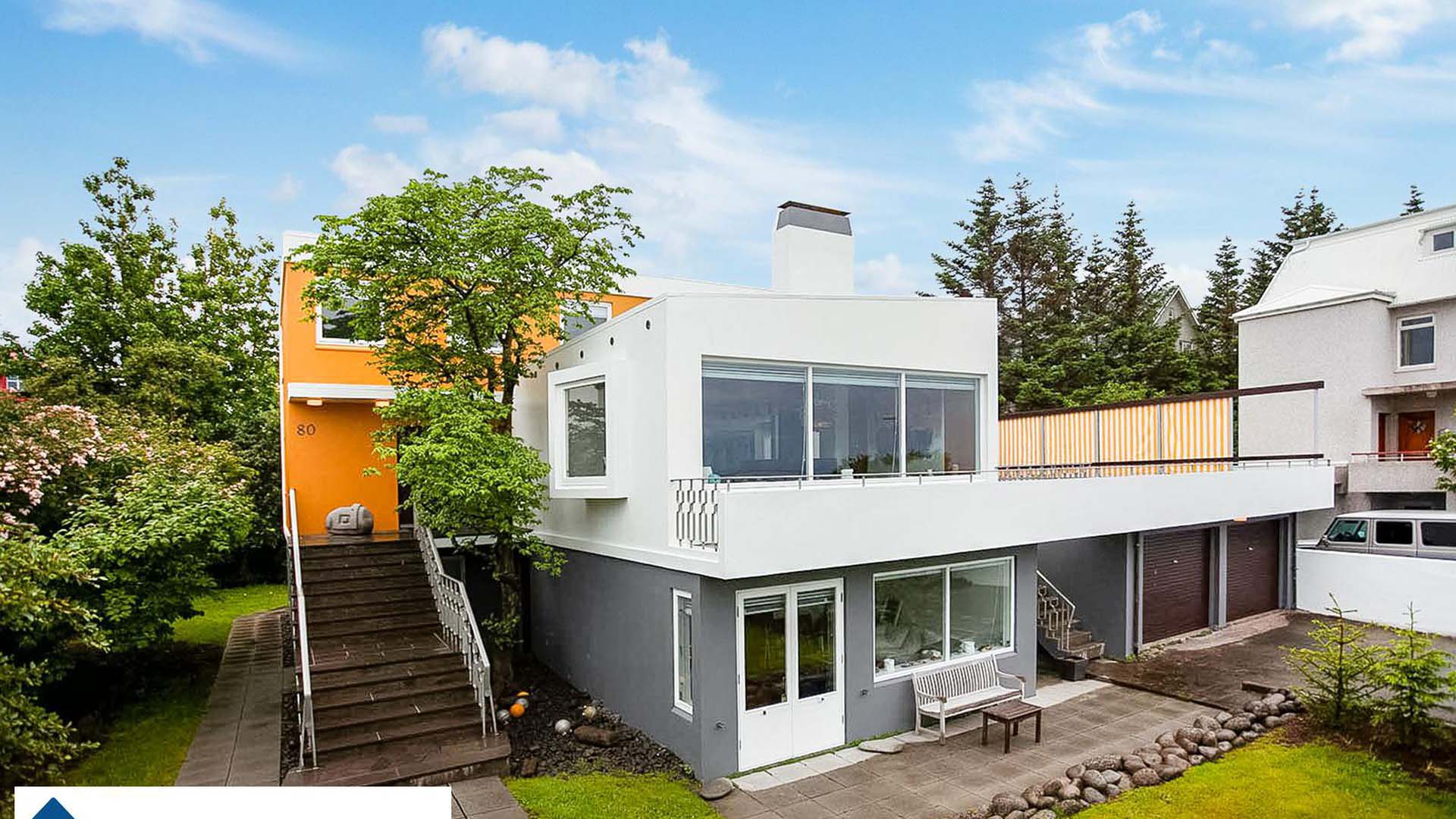
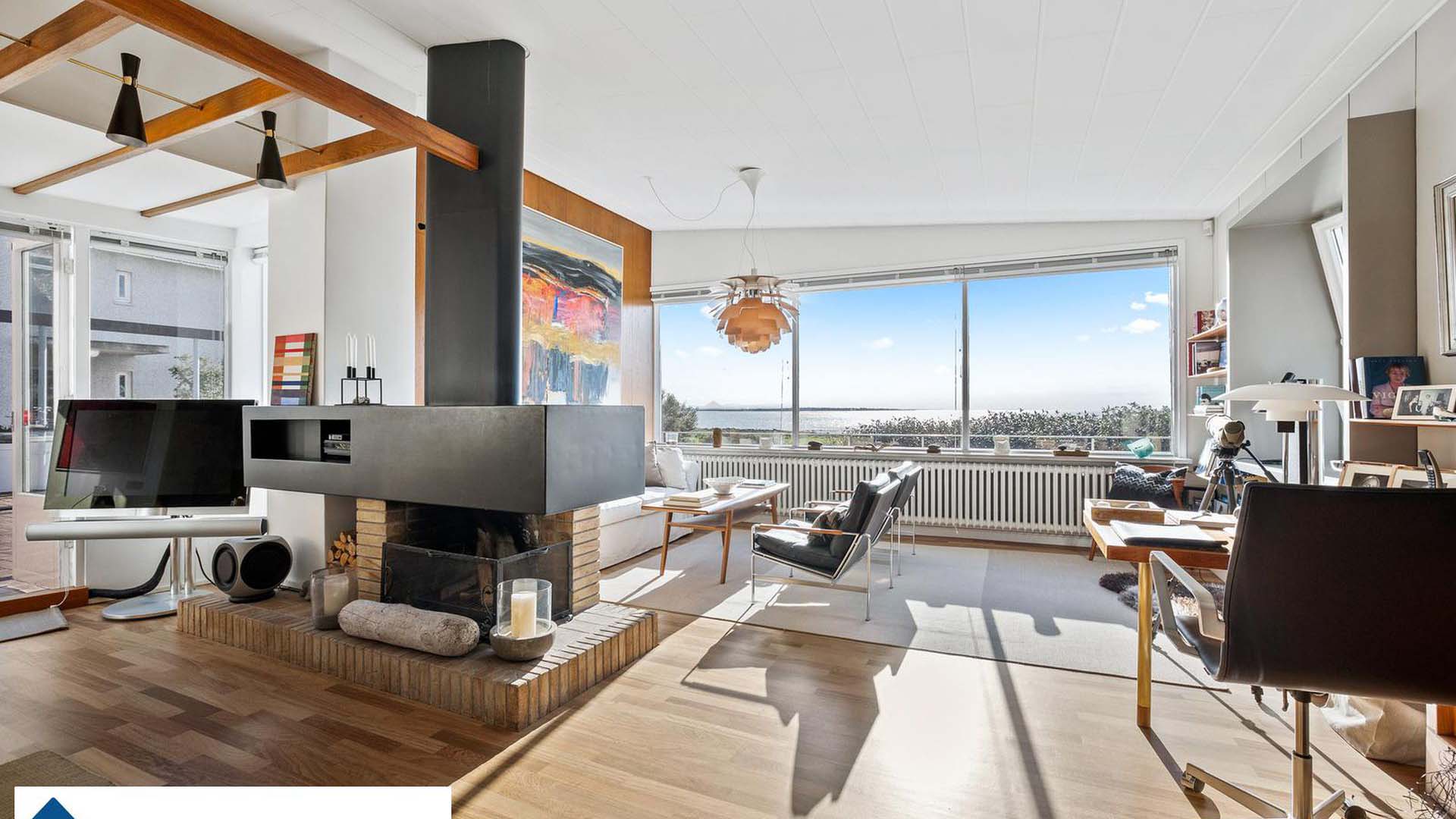
Some of Sigvaldi’s most famous buildings are the bookstore Mál og Menning on Laugavegur (a second-hand book store and a bar today). He also designed the interior, some of which still exist. The apartment building on Háaleitisbraut 26-30 in his distinct colors and the single-family home at Ægissíða 80 (which the Icelandic singer Björk owns).
Einar Erlendsson – One of Iceland’s Pioneers in Architecture
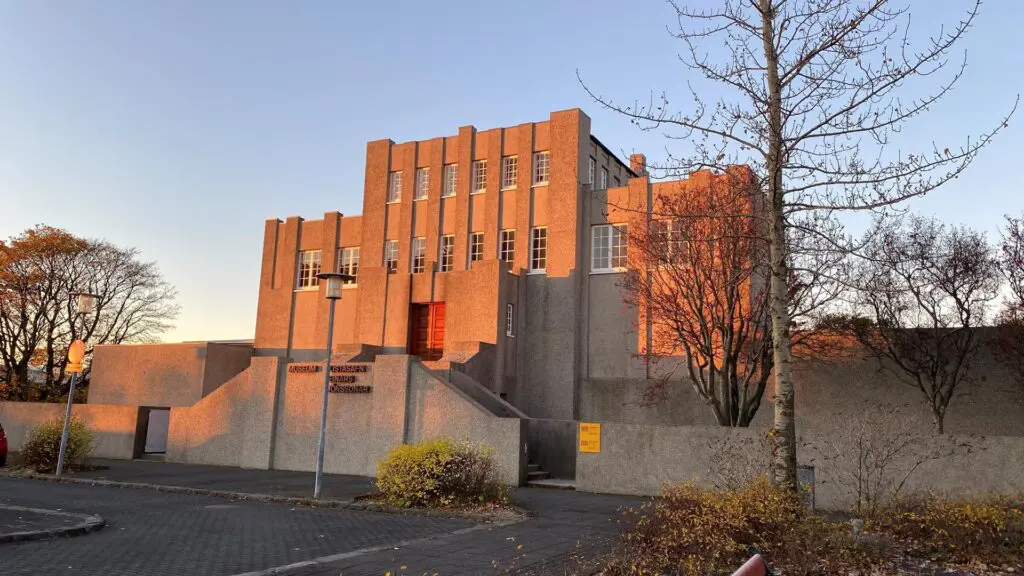
Einar Erlendsson is considered one of Iceland’s pioneers in architecture. He, however, never got a formal architectural education. Einar worked both on his own and as an assistant to both Rögnvaldur Ólafsson and Guðjón Samúelsson. When Guðjón died in 1950, Einar took over as the State Architect until he died in 1968.
Among his most famous buildings is the Einar Jónsson Museum by Hallgrímskirkja Church. The house was designed after ideas from Einar Jónsson himself. In the beginning, Guðjón Samúelsson got the job. However, they did not work well together, so Einar Erlendsson took over and finished the job.
Another one, which by many is considered the most beautiful building in Reykjavik, is by Þingholtsstræti 29a. It is a neo-baroque concrete building built in 1916. It used to house the Reykjavik City Library for many years, but today it is a single-family home.
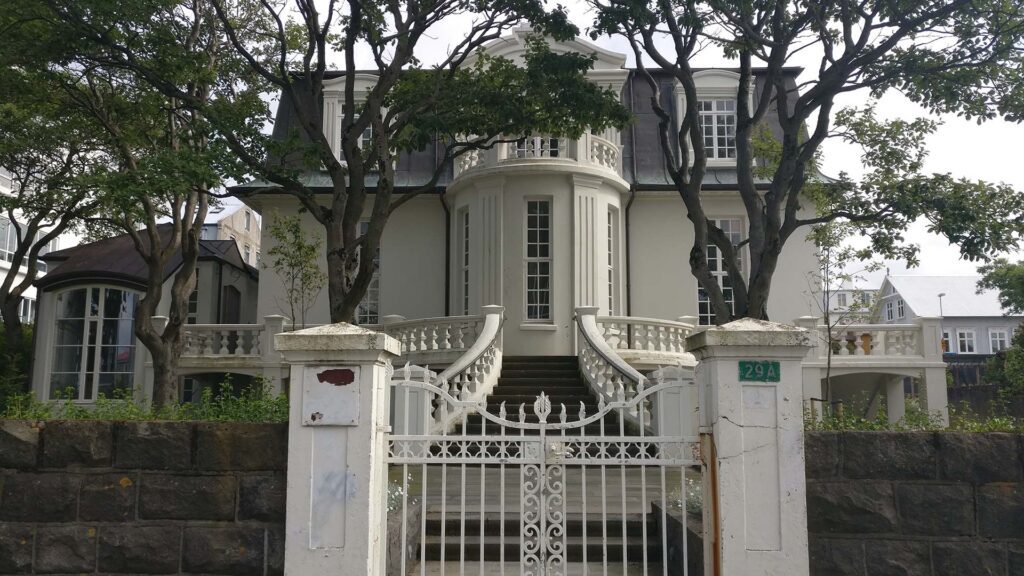
He designed about 224 buildings still standing. They range from small and large timbered houses to neoclassical concrete and functionalist buildings.
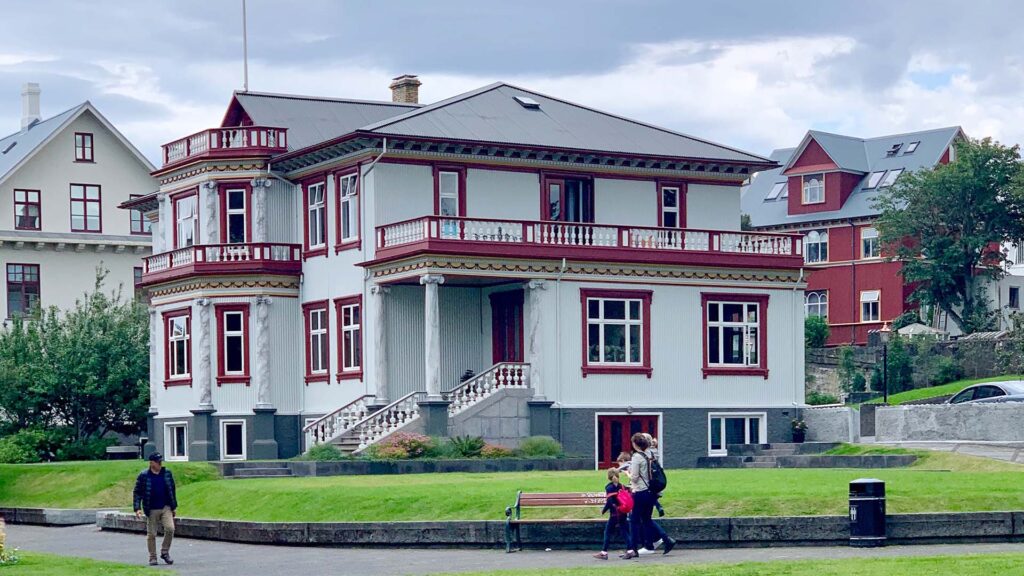
Other buildings of note are Fríkirkjuvegur 11, built for Thor Jensen, Gamla Bíó in Ingólfsstræti (one of Iceland’s first cinemas), and Laugavegur 31.
Einar Sveinsson – Reykjavik City’s Architect
The next one on our list is Einar Sveinsson, who was Reykjavik City’s Architect from 1934 until he died in 1973. He designed many schools and public city buildings, such as the Laugardalur Swimming Pool.
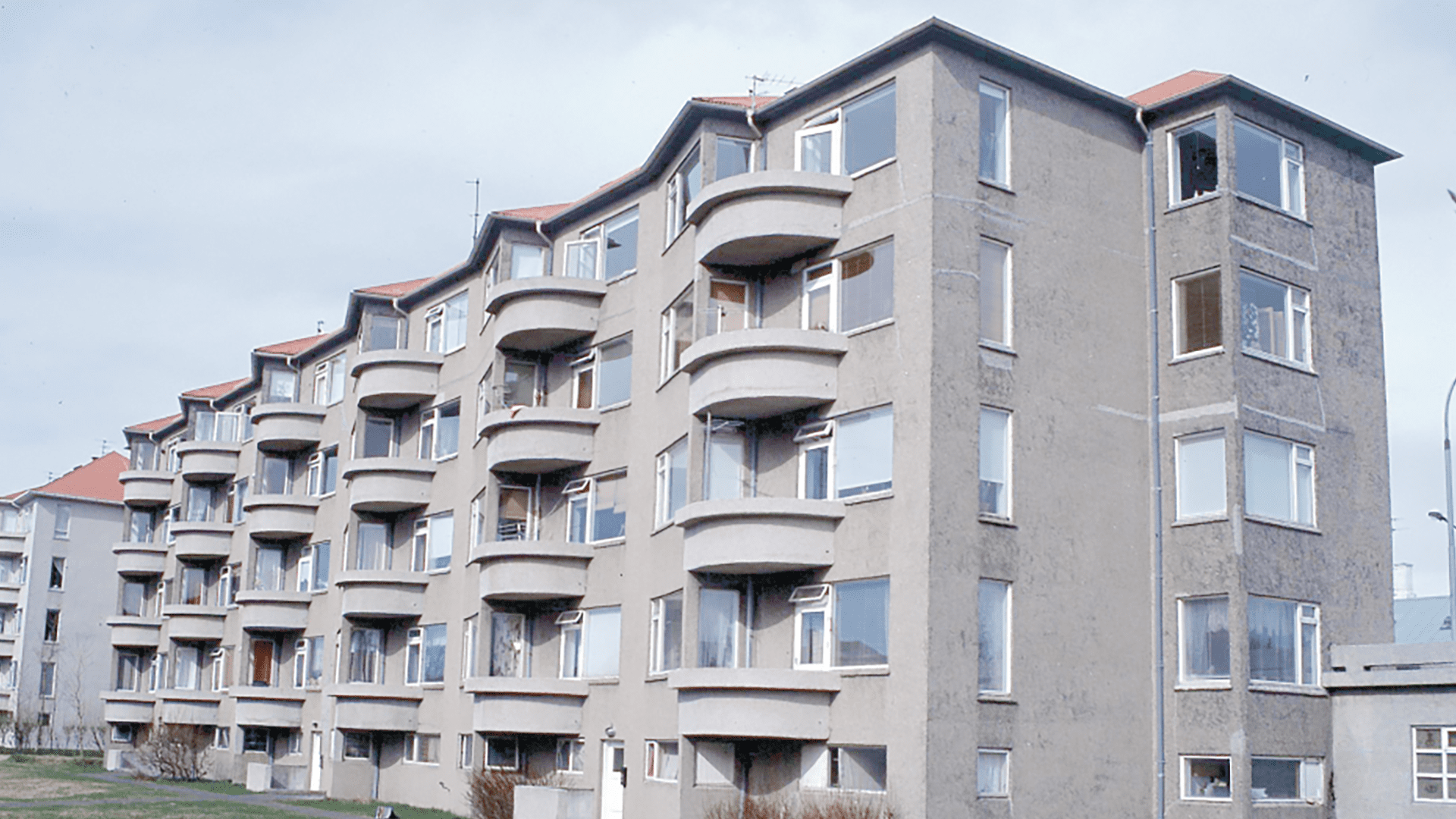
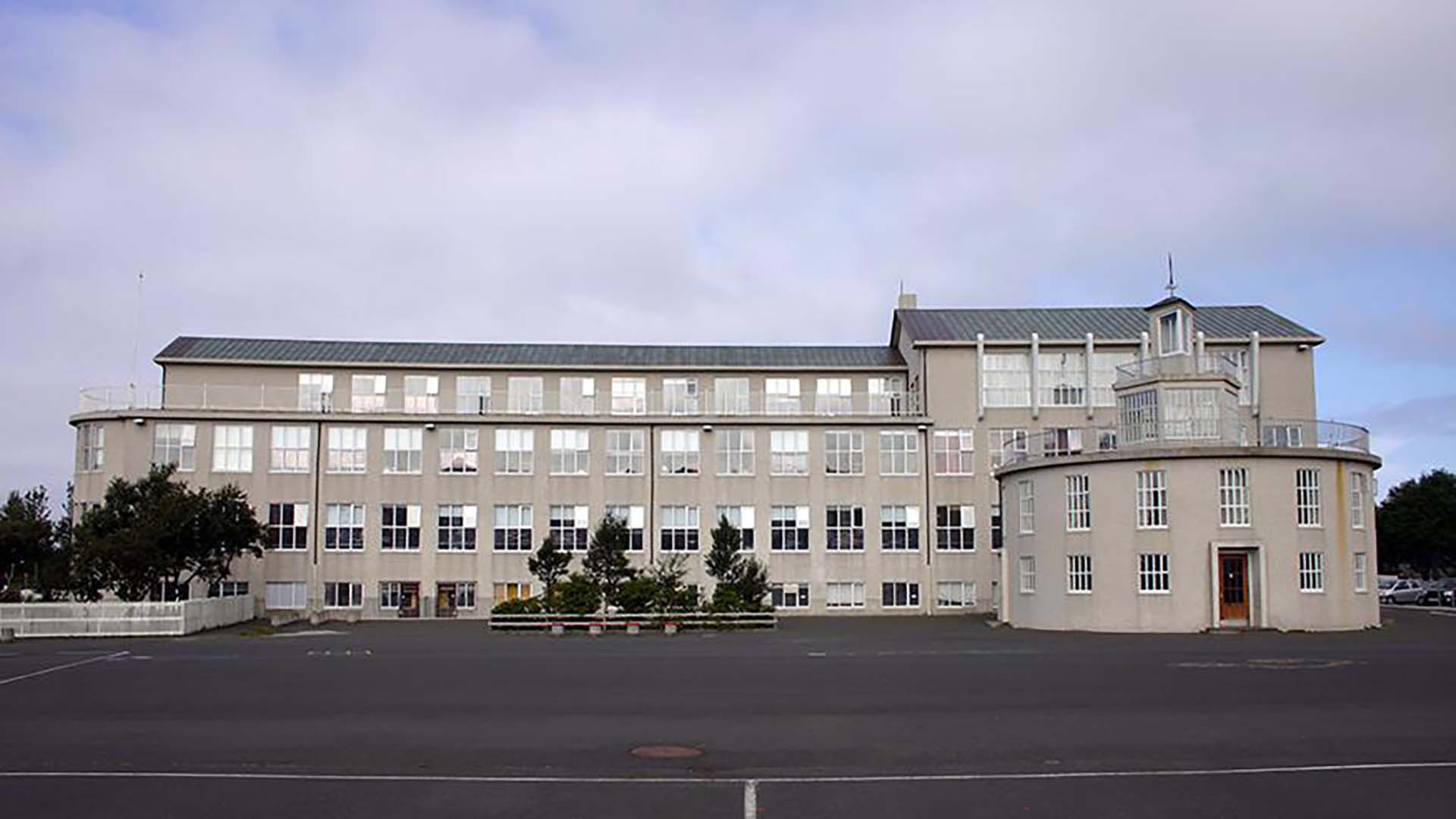
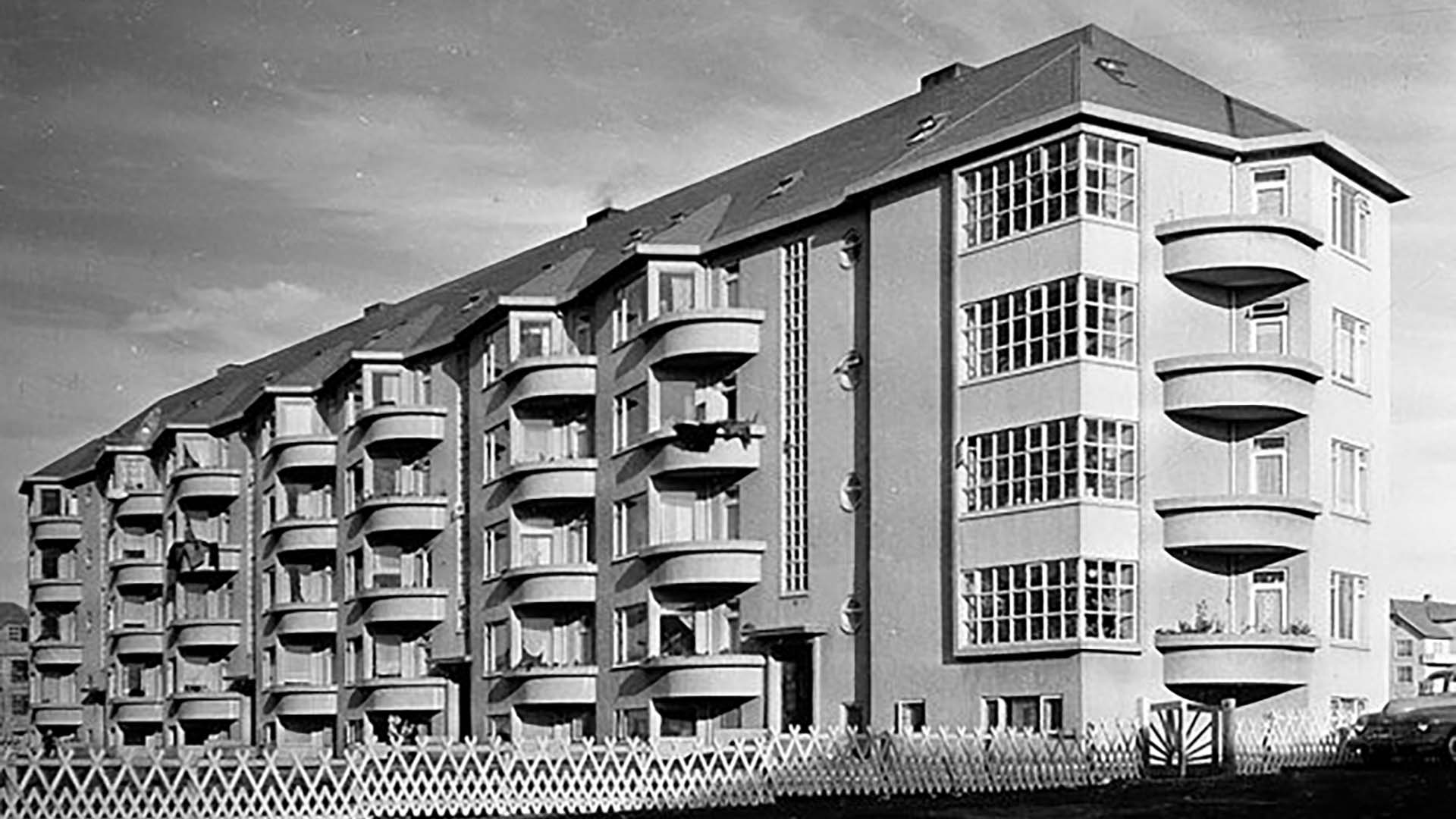
Apart from public buildings, he also designed many residential buildings, and his designs profoundly affected Reykjavik’s look after the Second World War. He designed, for example, the first modern apartment building in Iceland by Hringbraut in 1942 and then another one by Miklabraut on Langahlíð 19-25. About 10 years later, he created the first high-rise in Iceland by Kleppsvegur for the Printer’s Building Co-Op; it was also the first apartment building in Iceland to have an elevator.
Other noteworthy buildings are Laugarnesskóli School, Melaskóli School, Langholtsskóli School, and Borgarspítali Hospital.
Sigurður Guðmundsson – Neoclassicist and Functionalist Architect
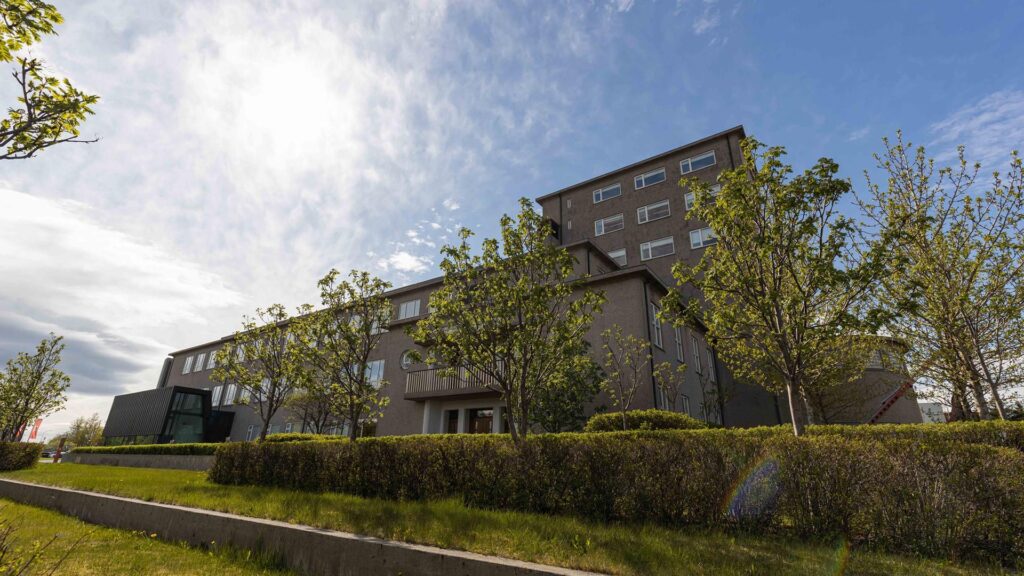
Sigurður was a unifying force between different architectural movements in the first half of the 20th century. He was the last representative of the neoclassical movement and one of the first to adopt the new Bauhaus functionalism style.
He was the second Icelander to get a degree in architecture (after Guðjón Samúelsson), but he was the first to open his own independent architectural studio in 1925.
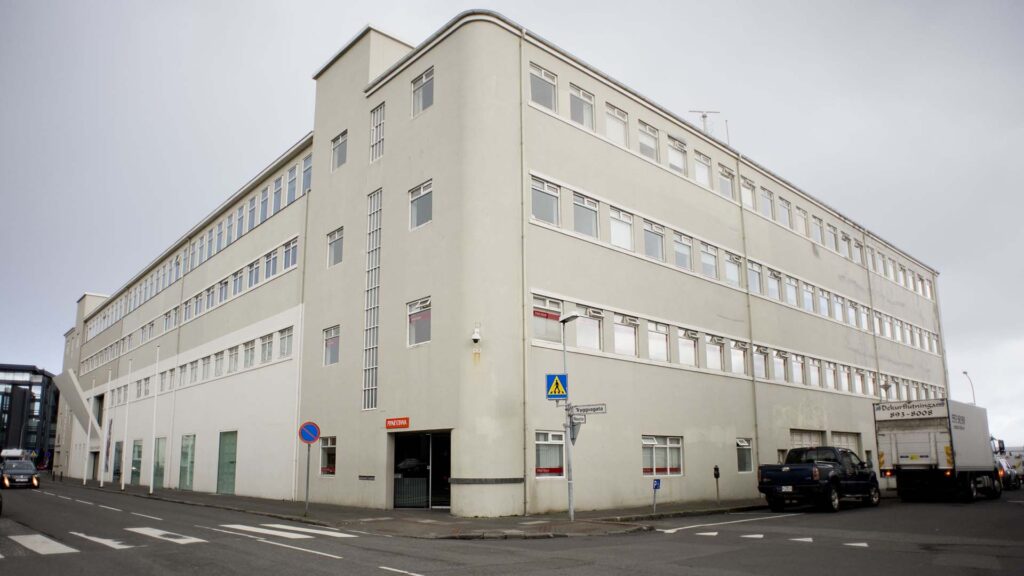
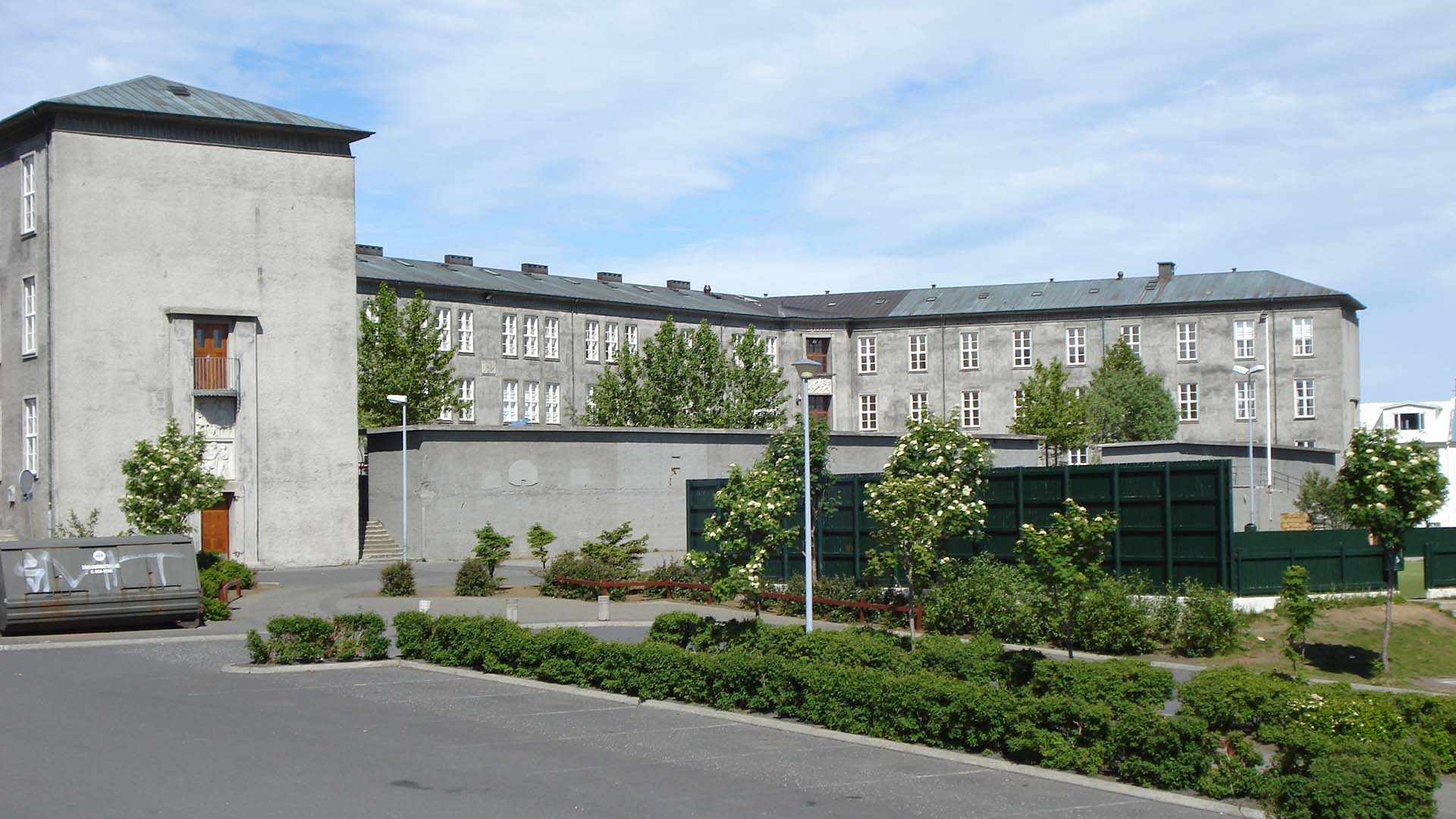
His most famous building is, without a doubt, the National Museum of Iceland, but he also designed Reykjavik Art Museum – Hafnarhúsið, the first University of Iceland student accommodation, and Austurbæjarskóli School.
Guðni Pálsson – Post-Modernist Architect
Like so many Icelanders, Guðni went to Denmark to study architecture. He opened his architectural studio in 1983 and has since worked alone and cooperatively with other designers.
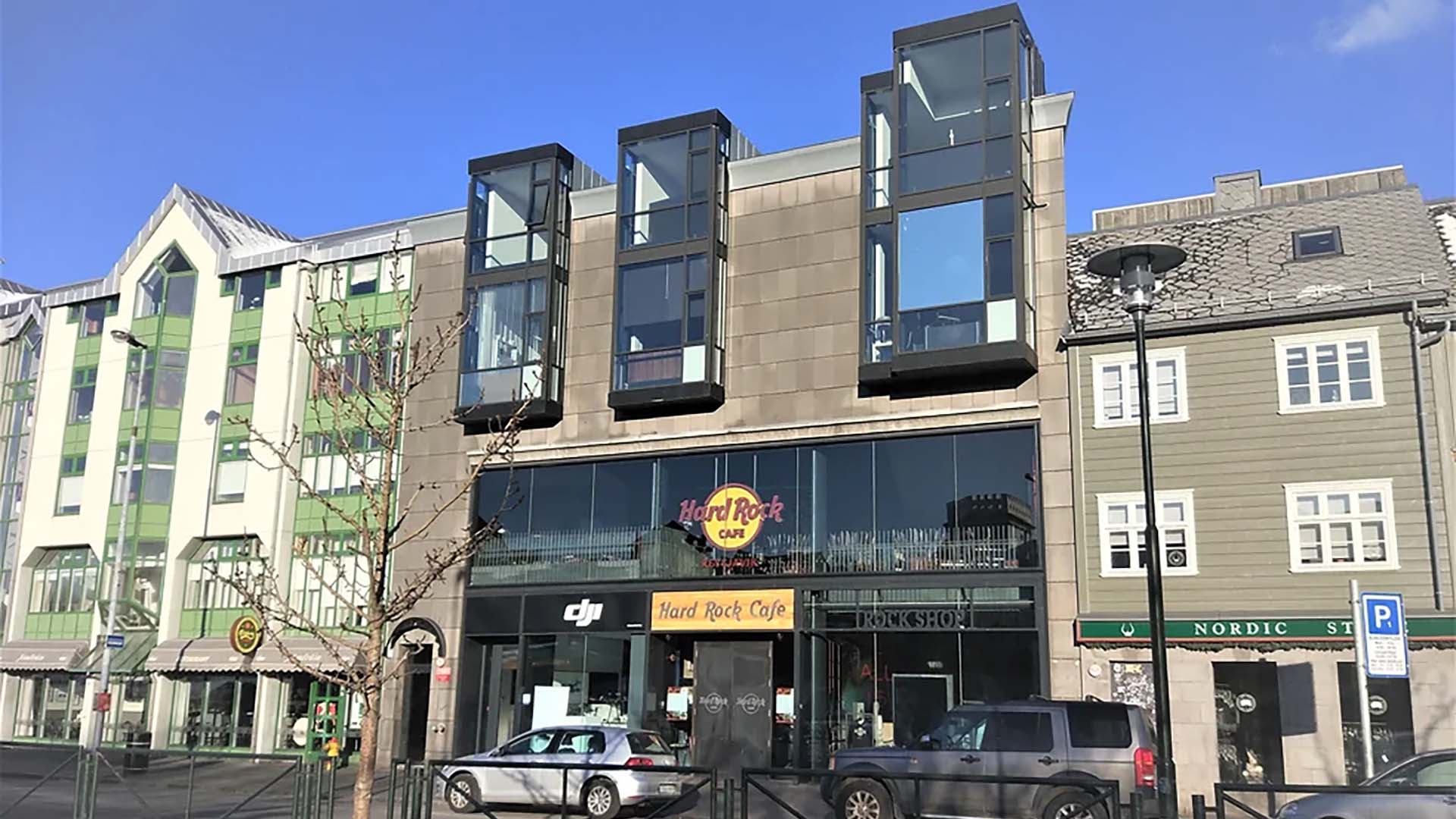
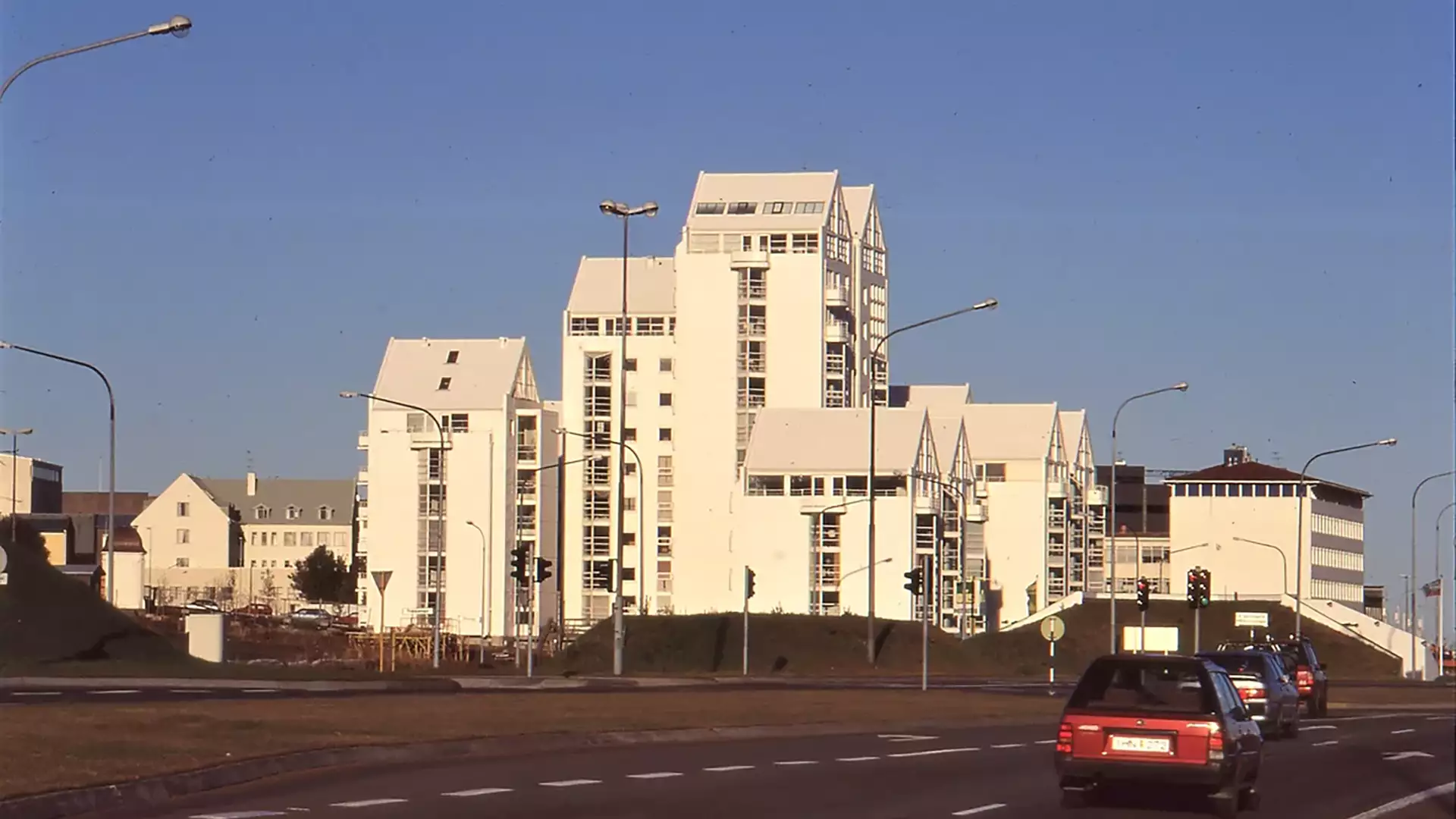
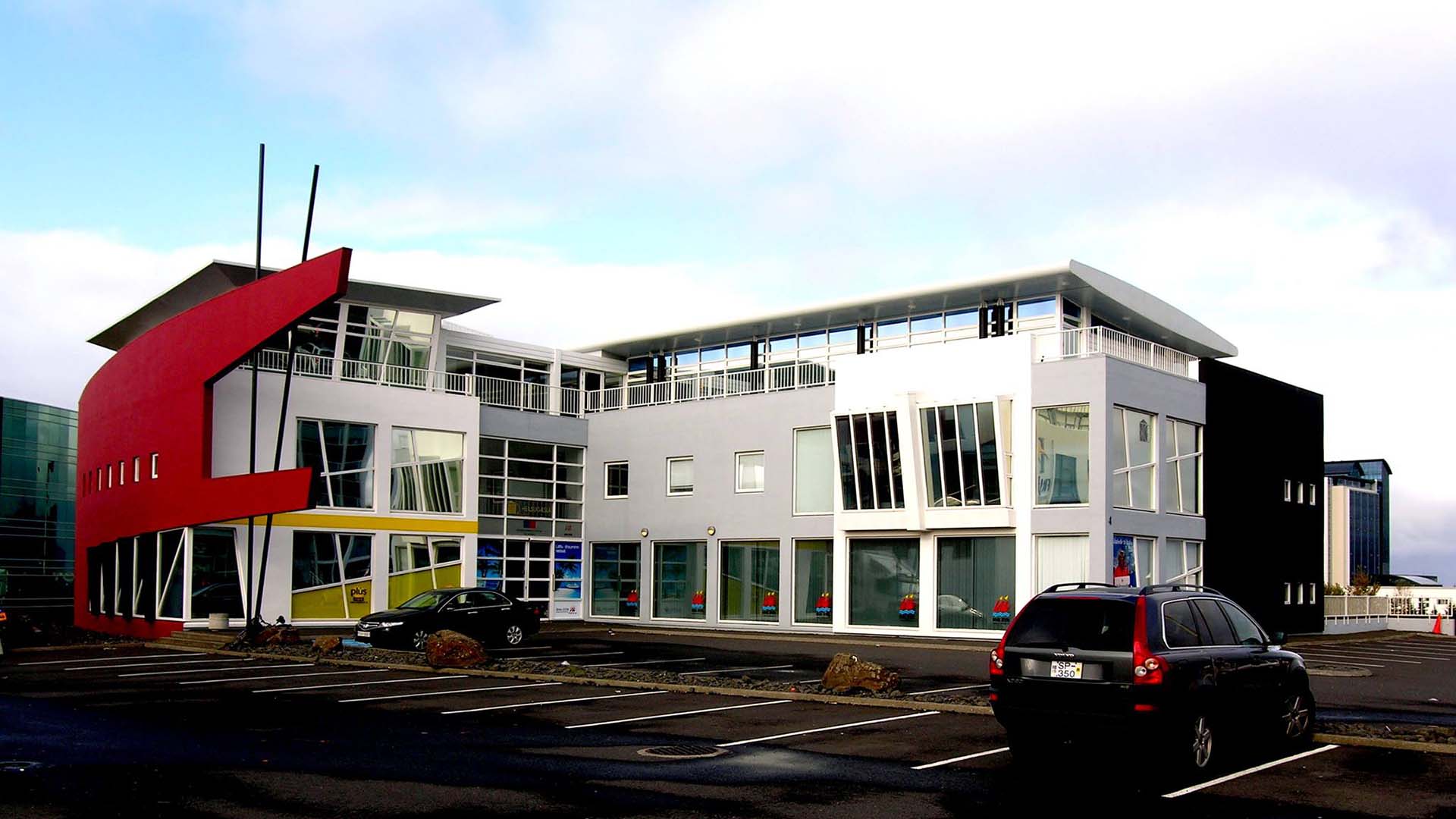
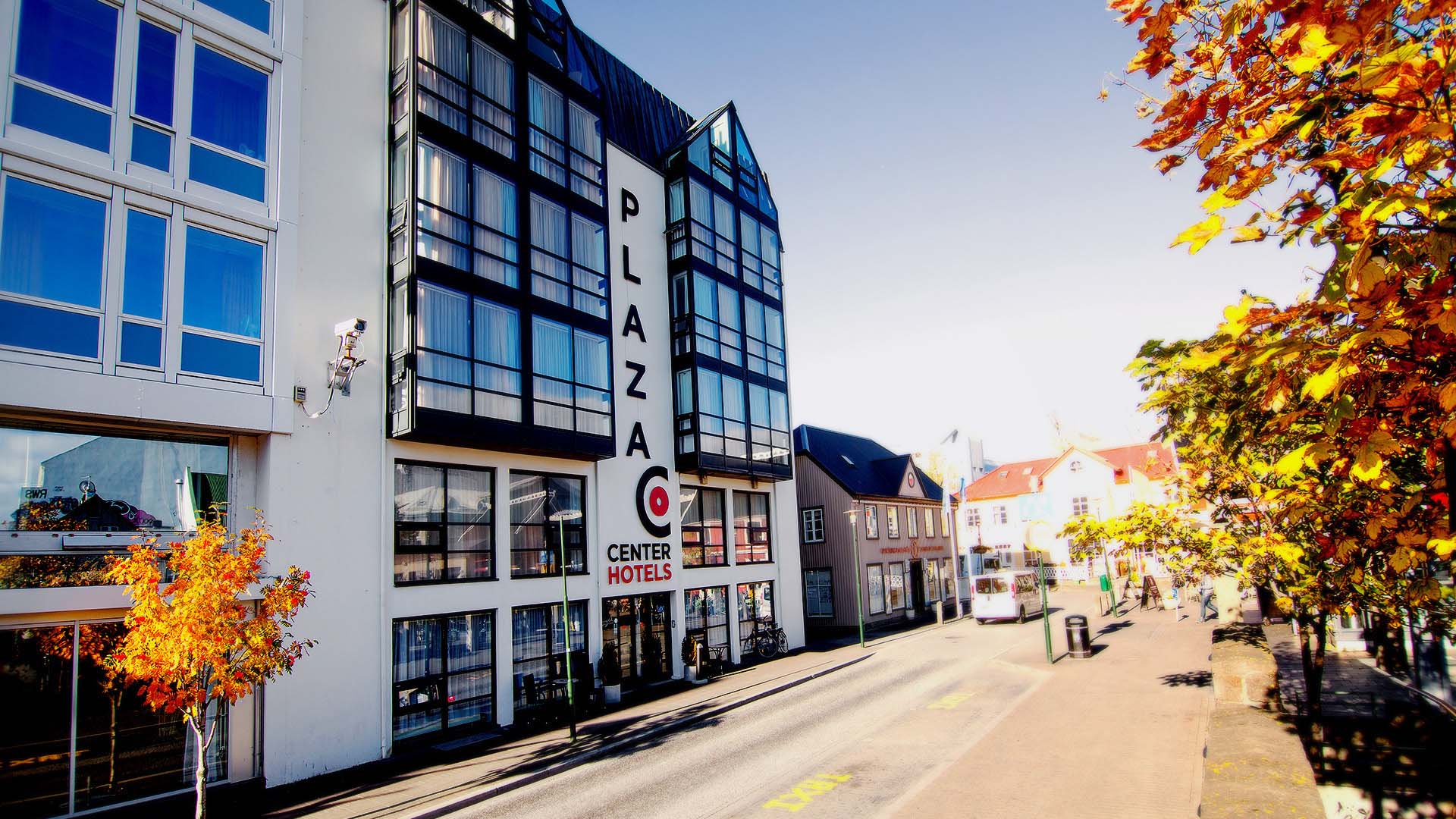
He has a distinctive post-modernist style and has designed many buildings in downtown Reykjavik. The most notable one is probably the Hard Rock building (colloquially called the TopShop house even if that store hasn’t been there for years) in Lækjargata. He was also the co-designer (with Dagný Helgadóttir) of the first high-rises on Skúlagata.
Other noteworthy buildings are Lágmúli 4, Centre Hotel Plaza in Aðalstræti, and the former Bowling Alley in Öskjuhlíð (it’s not a gym).
Arkís – Progressive Designers
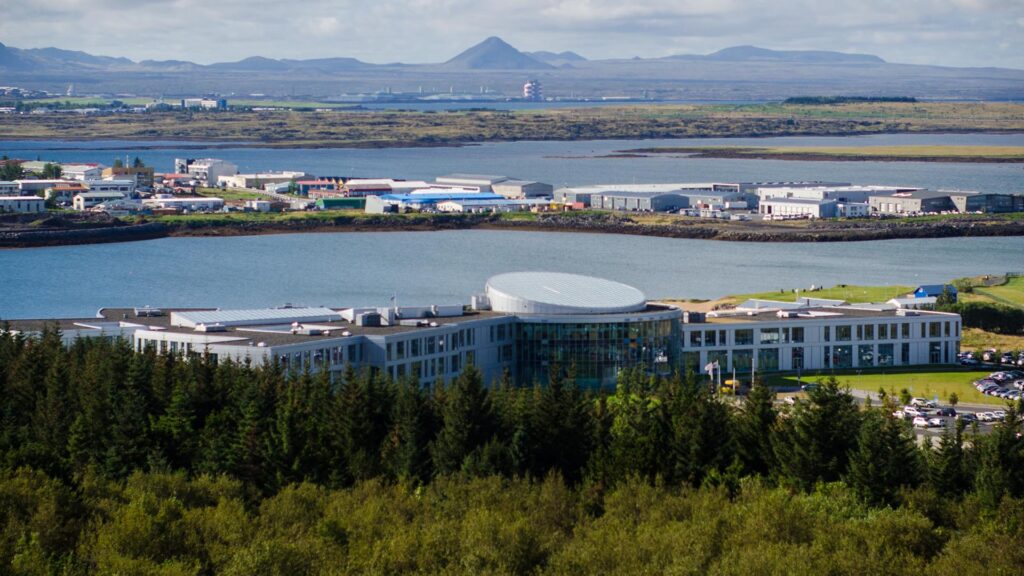
The studio Arkís (Architects of Iceland) is a progressive design partnership that works with architecture, design, planning, and green design consultancy. The firm was opened in 1997 and has since worked on both small and large projects, private and public, and domestically and internationally.
Their most notable buildings in Iceland are the University of Reykjavik building in Öskjuhlíð, the service house for visitors of the Raufarhóls Cave, Hólmsheiði Prison, The Icelandic Institute of Natural History, and the building of the American Embassy currently in.
Studio Granda – Nordic Modernists
Studio Granda is an architectural firm in Reykjavik. They have won multiple awards for their designs. It was founded in 1987 by partners Margrét Harðardóttir and Steve Christer, but they met while studying at the Architectural Association in London.
Their work is characterized by a respect for the traditional materials of Iceland – stone, sheet metal, and timber. The buildings are primarily designed in the Nordic modernist tradition, typified by architects such as Alvar Aalto, Erik Gunnar Asplund, Sverre Fehn, and Jørn Utzon.
Studio Granda most famous buildings are, without a doubt Reykjavik City Hall and the Supreme Court. Both of those buildings met with considerable criticism when introduced.
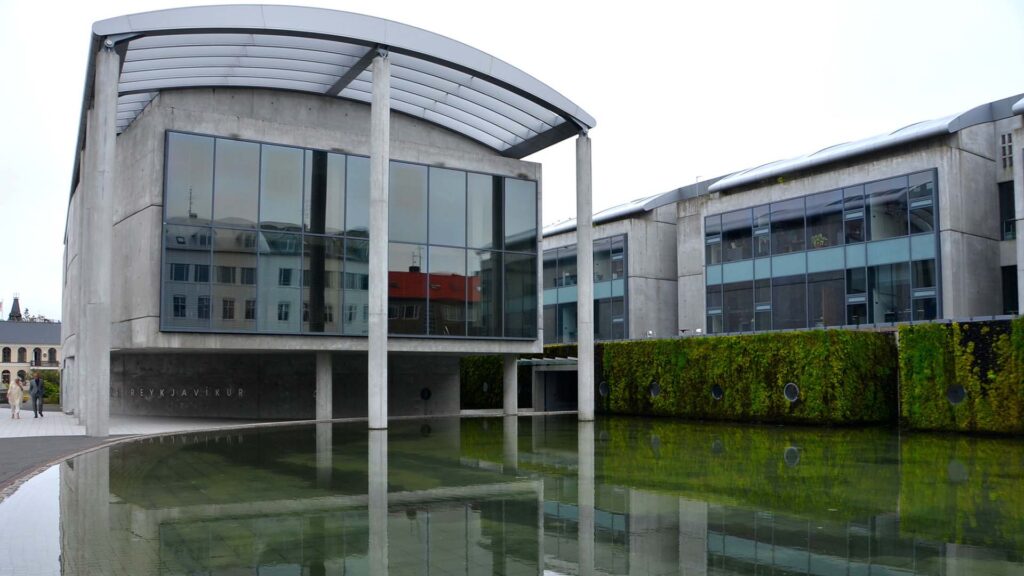
There had been plans for building Reykjavik City Hall by the north end of The Pond for decades, with many designs approved and never built. Guðjón Samúelsson designed one version while Sigvaldi Thordason designed another. In the end, it was Studio Granda’s design that was chosen. Many felt it was ridiculous to build the city hall into The Pond, while others thought it was too big and yet others too expensive. However, most people changed their minds when it was finally built.
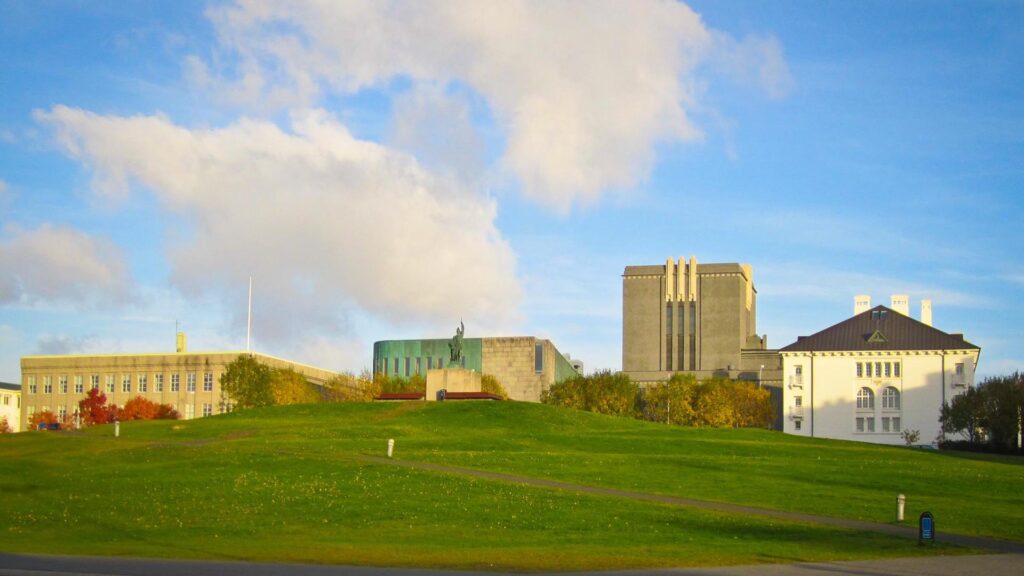
The Supreme Court was another debate. It was built on a parking lot behind the House of Collections and the National Theatre of Iceland. People felt the location was wrong and the area was much too small for such an important building. Apart from it being too modern and again too expensive. Today, most people agree it is a very well thought out building and fits perfectly into its surroundings.
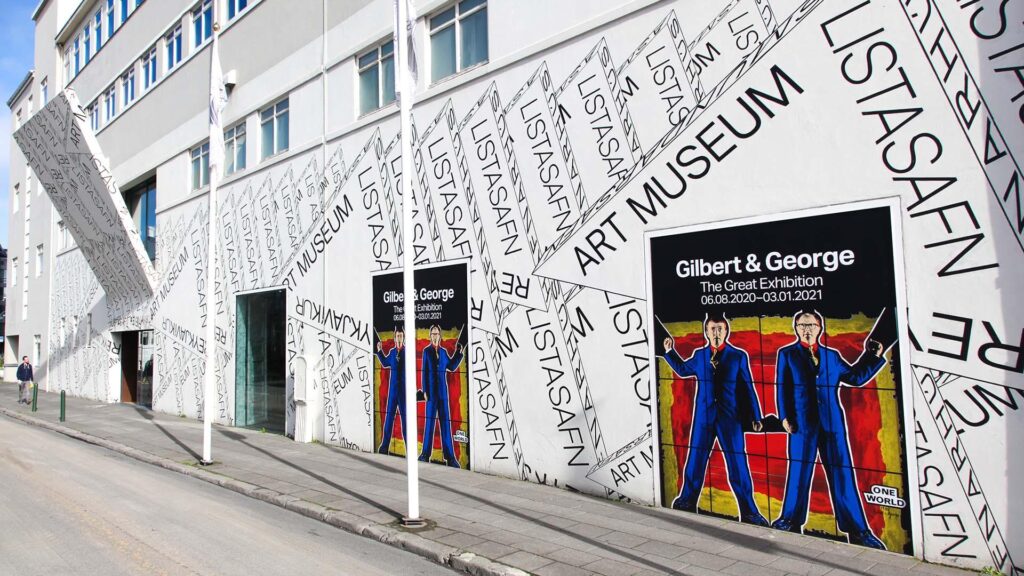
Other noteworthy buildings are the Parliament Offices (which are still being built on the other side of the street from Reykjavik City Hall) and the renovations to Reykjavik Art Museum – Hafnarhús. Studio Granda has also designed a few pedestrian bridges, like the one from Hljómskálagarður over to the University Area on the other side of Hringbraut.
T.Ark Arkitektar – Timeless and Environmentally Friendly Designs
T.Ark is another cooperative architectural firm whose goal is to design an environment for people’s needs with timeless design and cost-effective solutions.
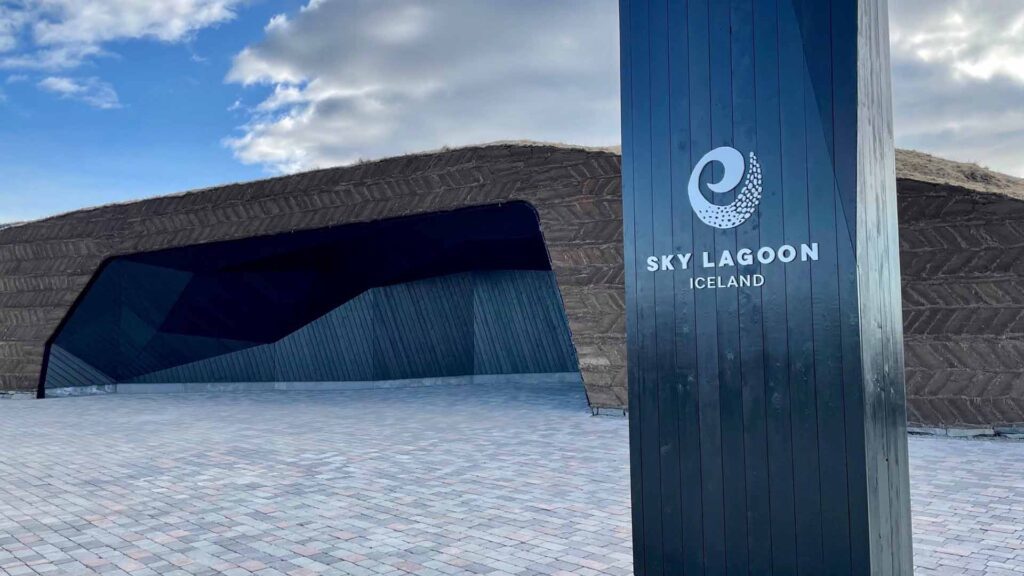
Their newest and most notable works are Sky Lagoon and Reykjavik Edition. Other noteworthy buildings are the Arion Bank headquarters in Borgartún and Höfðaborg, where you will find Registers Iceland, The Icelandic Student Loan Fund, The State Conciliation and Mediation Officer, and more.
Please signup HERE for our newsletter for more fun facts and information about Iceland!





